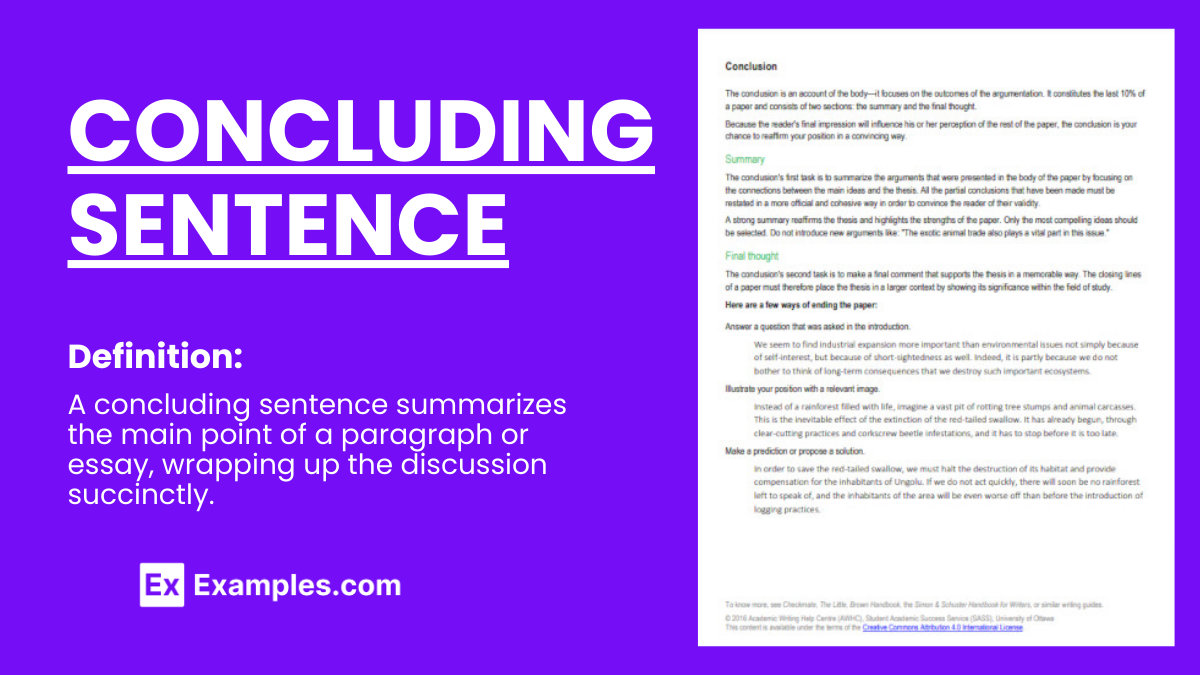40+ Concluding Sentence Examples
A complete paragraph incorporates an introduction sentence and a conclusion sentence that opens the context and tone of the section and closes the whole text. Essays, reports, or other forms of writing can also incorporate introduction paragraphs and conclusion paragraphs. The conclusion sentence marks the end of the entire section and signals to the target market or audience the significance of the text and the lesson or point the writer wants to communicate.
What is Concluding Sentence?
Conclusion sentences is a type of sentence that close off or wrap up all the points the writer brings to the text. This is often the last sentence of the paragraph and will act as a short and concise summary of the whole text or paragraph. This sentence acts as the total juxtaposition of an introduction sentence and can come in the form of a simple sentence, compound sentence, and complex sentence.
Concluding Sentence examples
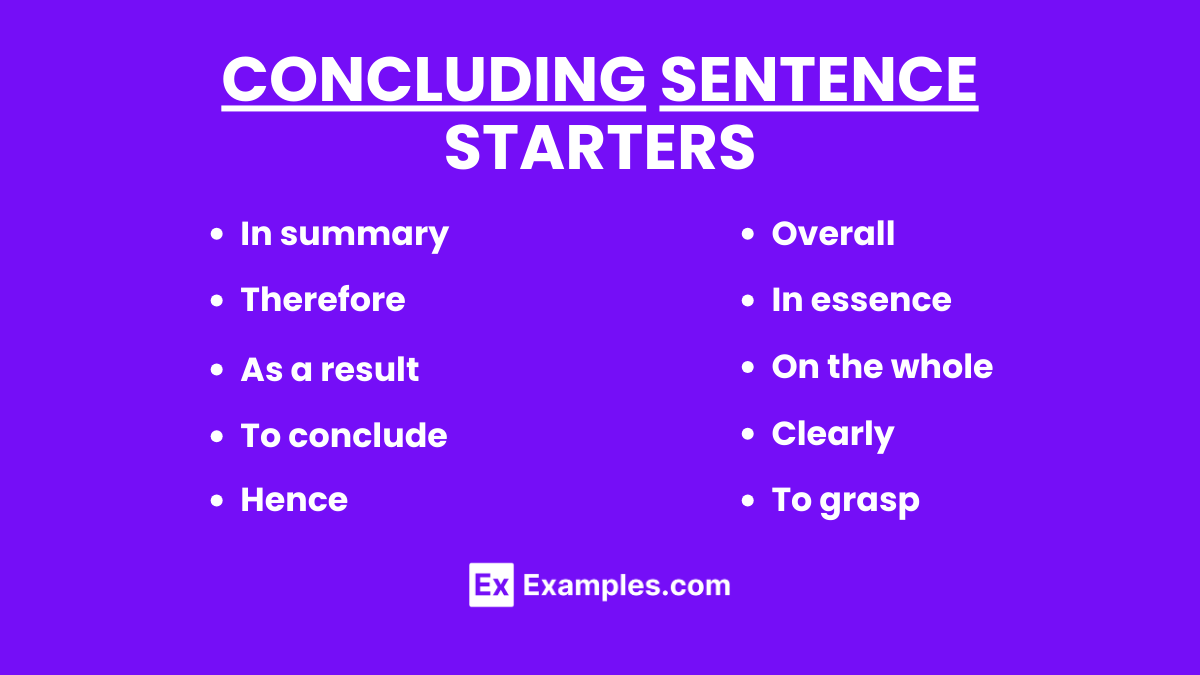
- “In summary, the evidence presented underscores the critical role of early education in shaping children’s future academic success and lifelong learning habits.”
- “Therefore, the study’s findings advocate for a more inclusive approach to policy-making, ensuring that environmental sustainability becomes a cornerstone of urban development.”
- “As a result, understanding the cultural implications of globalization is essential for fostering a world that values diversity and promotes mutual respect among nations.”
- “To conclude, the advancements in medical research not only promise a brighter future for disease treatment but also challenge us to consider the ethical dimensions of scientific innovation.”
- “Hence, the exploration of space offers unparalleled opportunities for humanity, inviting us to reconsider our place in the universe and our responsibility towards our own planet.”
- “Overall, the integration of technology in education has transformed learning methods, highlighting the need for adaptive teaching strategies in the digital age.”
- “In essence, the correlation between healthy eating habits and mental well-being cannot be overlooked, emphasizing the importance of nutrition education in public health initiatives.”
- “On the whole, the rise of digital media has significantly influenced consumer behavior, necessitating businesses to adapt their marketing strategies in an ever-evolving digital landscape.”
- “Clearly, the protection of wildlife habitats is crucial for maintaining biodiversity, urging a collective effort to combat the threats posed by climate change and human activity.”
- “To grasp the full implications, the debate on privacy versus security in the digital era demands a careful balance, recognizing the importance of safeguarding individual freedoms while ensuring public safety.”
Concluding Sentence Samples & Templates
1. Sentence Conclusion Example
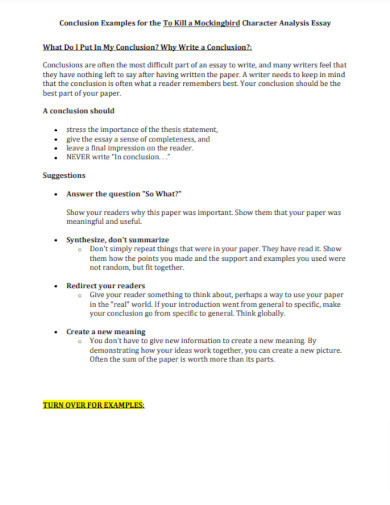
lcps.org
2. Simple Closing Sentence Example
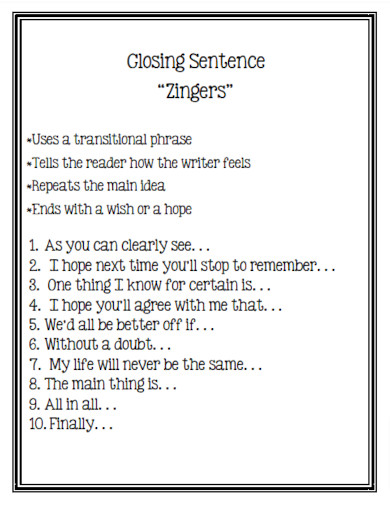
gl.bonita.k12.ca.us
3. Examples of Concluding Sentence Starters
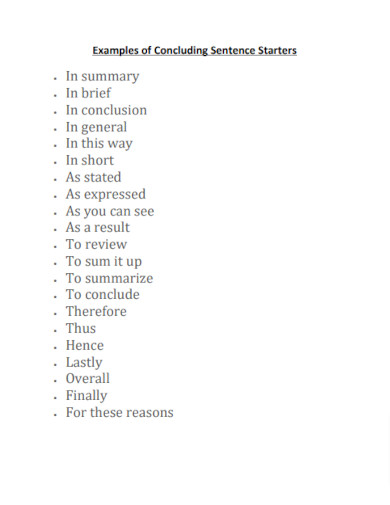
faculty.ksu.edu.sa
4. Standard Conclusion Sentence Example
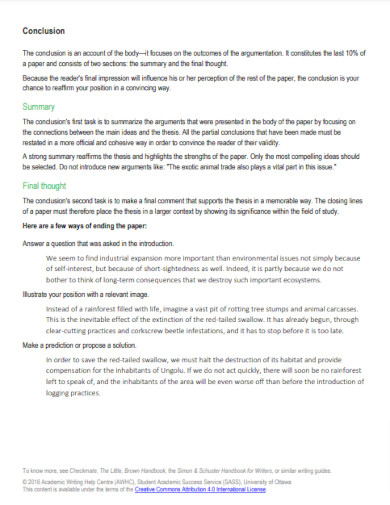
sass.uottawa.ca
5. Ways to Conclude an Essay Example
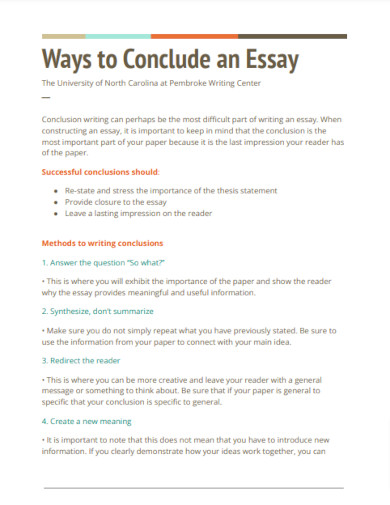
uncp.edu
6. Writing an Effective Conclusion Example
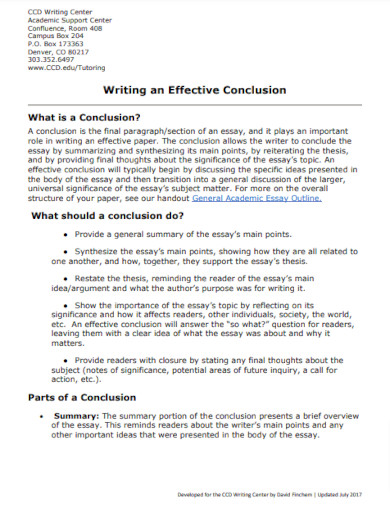
ccd.edu
7. Writing Conclusion the Lasting Impression
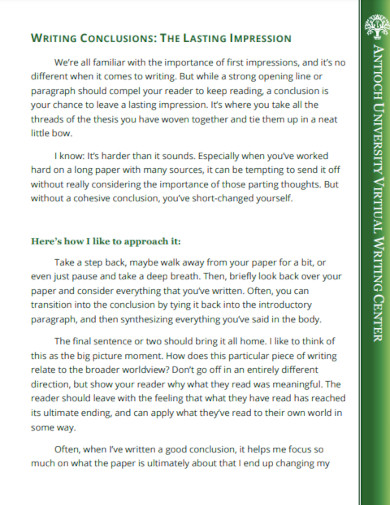
antioch.edu
8. Modern Concluding Sentences Example
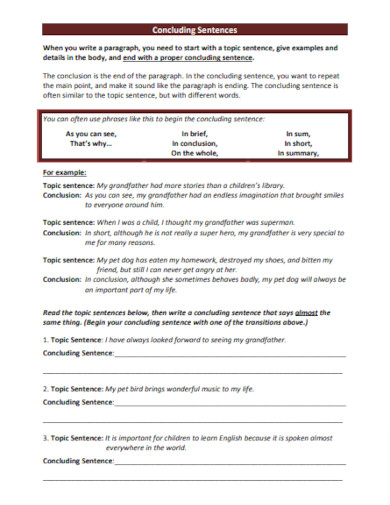
stickyball.net
9. Writing the Introduction and Conclusion Paragraphs
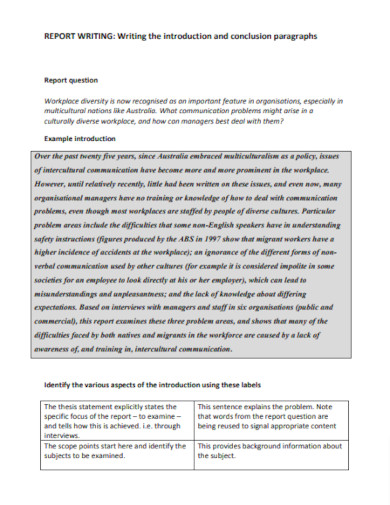
uts.edu.au
10. Expository Essay Concluding Paragraph
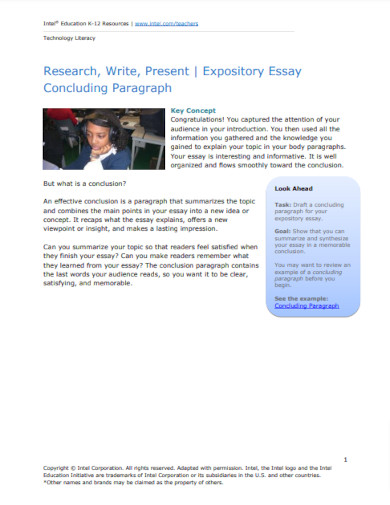
intel.com.br
11. Writing Conclusion Paragraphs in a Science Lab Report
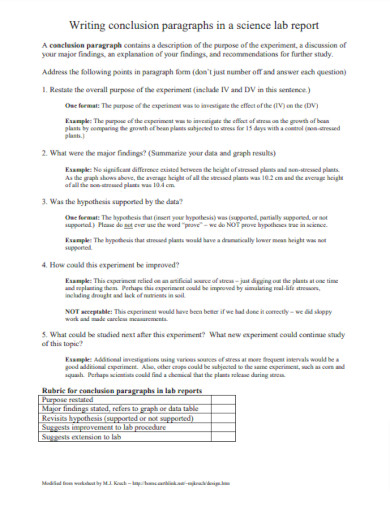
hcs-k12.org
12. Editable Closing Paragraph Structure
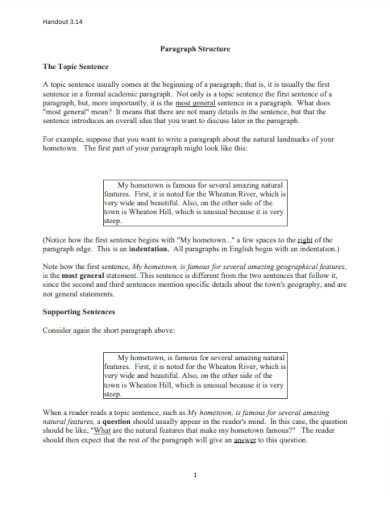
ndu.edu.lb
13. Conclusion Section for Research Papers
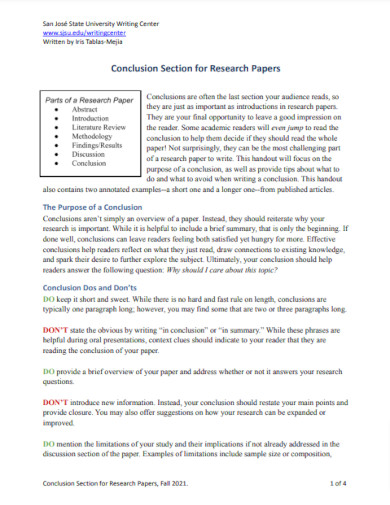
sjsu.edu
14. Basic Paragraph Writing Example
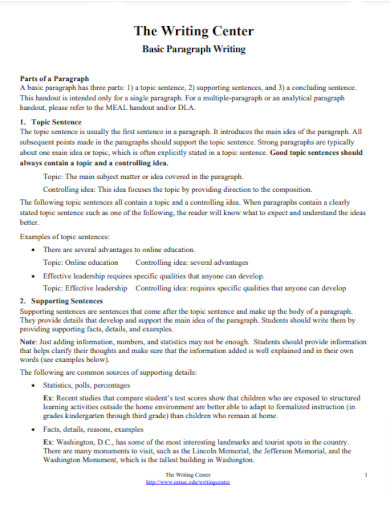
mtsac.edu
15. Strategies for Writing a Conclusion
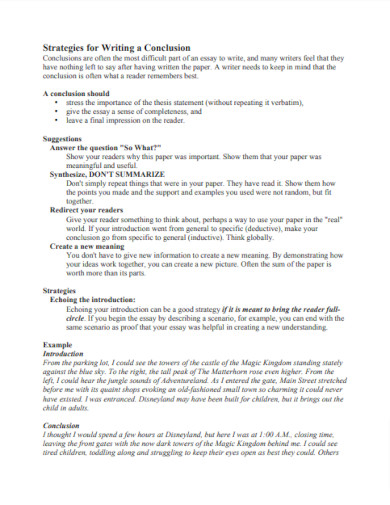
pittsfordschools.org
16. Example Five-Paragraph Conclusion Essay Example
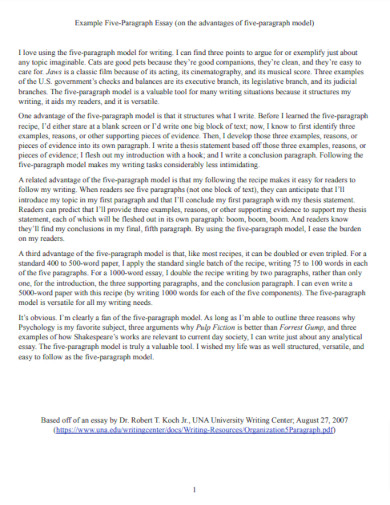
online225.psych.wisc.edu
17. Printable Writing a Conclusion Example
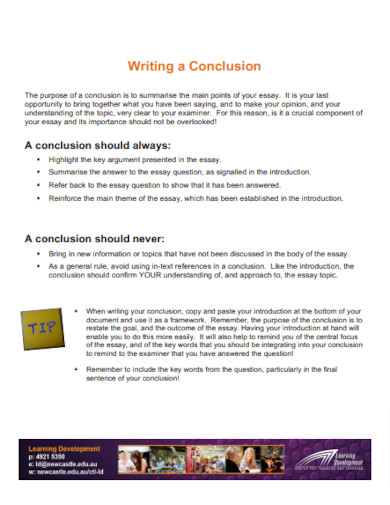
newcastle.edu.au
18. Sample Concluding Paragraph for Response to Literature Essay
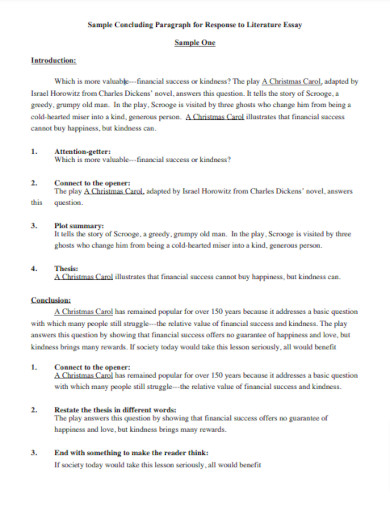
stanley15.weebly.com
19. Sample Closing Topic Sentences Example

arsdcollege.ac.in
20. Effective Closing Sentence Example
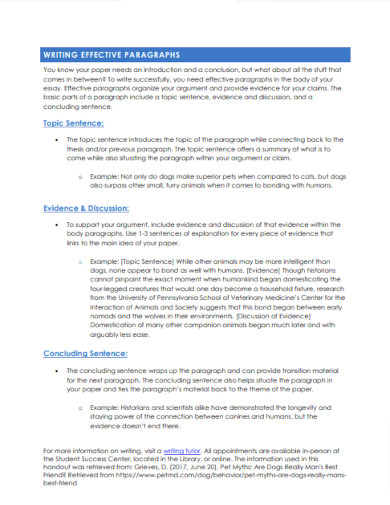
uah.edu
21. Supporting and Concluding Sentences

ngl.cengage.com
22. Topic and Concluding Sentences Example
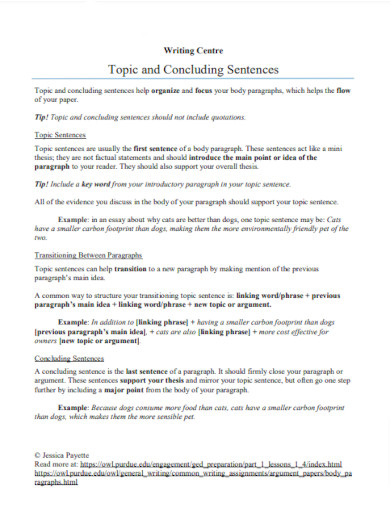
tru.ca
23. Topic and Concluding Sentences Reference Sheet
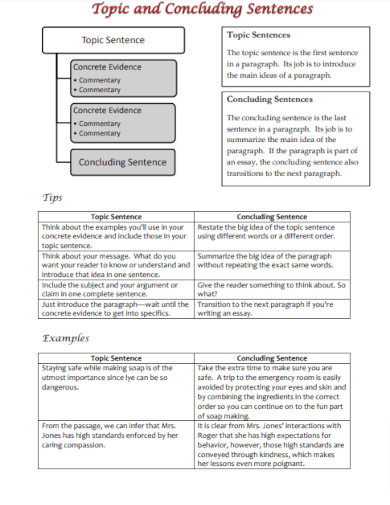
fusd1.org
Concluding Sentence Examples for Paragraph
- “Thus, the data reveals that renewable energy sources not only mitigate environmental pollution but also offer a sustainable solution to the global energy crisis.”
- “In light of these arguments, it becomes evident that fostering community engagement in local governance leads to more resilient and inclusive urban development.”
- “Given the evidence, the importance of preserving traditional crafts cannot be understated, as they play a crucial role in maintaining cultural heritage and supporting local economies.”
- “Consequently, the adoption of telecommuting practices has proven beneficial for both employers and employees, highlighting the potential for a more flexible and efficient workforce.”
- “Ultimately, the analysis demonstrates that proactive measures in mental health education can significantly reduce the stigma and barriers to accessing care, underscoring the need for comprehensive wellness programs.”
Concluding Sentence Examples for Essays
- “In conclusion, the intricate relationship between social media usage and mental health requires nuanced understanding and targeted interventions to harness its benefits while mitigating adverse effects.”
- “Therefore, the exploration of Mars represents not just a leap for space exploration but a giant stride towards understanding our place in the cosmos and the potential for life beyond Earth.”
- “To summarize, the shift towards sustainable agriculture is not merely an environmental imperative but a necessary evolution to ensure food security and economic viability for future generations.”
- “Hence, the adoption of digital learning tools in education has opened new horizons for personalized learning, emphasizing the need for innovative approaches to teaching in the 21st century.”
- “In summary, the critical examination of historical events through the lens of modern values offers valuable insights, yet it also demands careful consideration of the context to avoid anachronistic judgments.”
How to Write a Concluding Sentence
A good concluding sentence will not only summarize all the points the writer has raised throughout the previous sentences, but the concluding sentence will also make a large impact on the target audience and will ensure more future reading of one’s text. Therefore the writer needs to create a good concluding sentence for their book, essay, report, etc. If you need references or examples, you may refer to any of the headers, links, and pdfs in the section above.
Step 1: Obtain or Use an Outline for the Concluding Sentence
You can opt to obtain or use a concluding sentence outline or outline format to help easily make your concluding sentence. Not only will the outline or format provide you with a useable structure, but it will also help you properly pace your sentences to improve the quality of your concluding sentence.
Step 2: Create a Short Summary of All the Points Raised in the Text
It is important for you to first create a short list or a bulleted list of all the points you have raised in the whole text or paragraph. The bulleted list will help you navigate and easily create a concluding sentence that will close off any loose ends and connect all the points you have raised. This bulleted list can range anywhere from two to four subject or thematic points.
Step 3: Create or Write a Concluding Sentence
After you have completed the steps above, it is time to create or write your concluding sentence. This sentence can come in any of the sentence structure form you desire, as long as the sentence makes sense and is relevant to the context and theme of the whole paper or text.
Step 4: Edit or Proofread the Concluding Sentence or Whole Text
You must now edit or proofread the concluding sentence you have written to ensure that it is grammatically and stylistically correct and sound. You can also opt to have a test audience read your writing as a way to gauge the understanding of your concluding sentence.
Types of Concluding Sentence
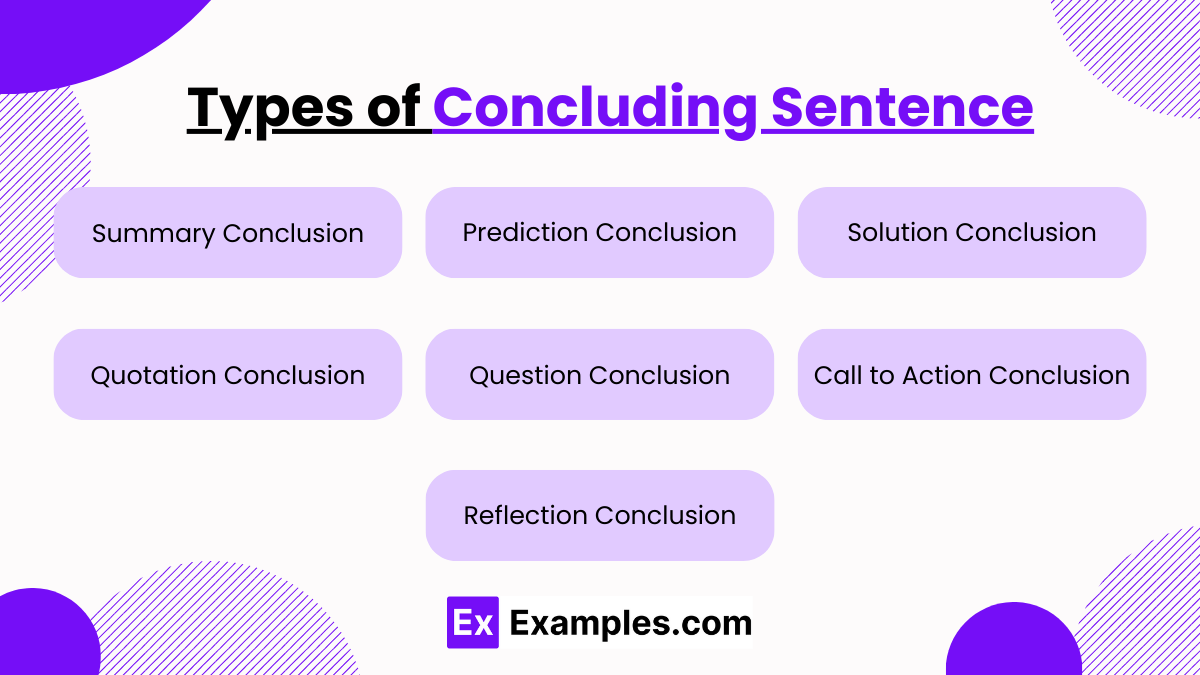
- Summary Conclusion: Summarizes the main points of the paragraph, reinforcing the key ideas presented.
- Prediction Conclusion: Offers a prediction about the future implications or outcomes related to the paragraph’s topic.
- Solution Conclusion: Proposes a solution or recommendation based on the issues or ideas discussed in the paragraph.
- Quotation Conclusion: Ends with a relevant quote that encapsulates the main theme or offers additional insight.
- Question Conclusion: Poses a rhetorical question to the reader, encouraging them to think more deeply about the topic.
- Call to Action Conclusion: Urges the reader to take specific actions or consider changes in perspective or behavior.
- Reflection Conclusion: Provides a personal reflection or insight related to the topic, adding depth to the discussion.
How to Start a Concluding Sentence
Starting a concluding sentence effectively is key to wrapping up your argument or analysis cohesively. Consider these phrase starters for your final sentences:
- To sum up,
- In summary,
- Ultimately,
- As a result,
- Hence,
- In essence,
- On the whole,
- To grasp the full implications,
These phrases can guide you in crafting a compelling conclusion. Here are examples to illustrate their use in context:
Example 1: To sum up, the potential of marijuana as a medicinal resource could one day overshadow its recreational uses.
Example 2: In summary, the illicit nature and lucrative market for marijuana necessitate a reconsideration of its legal status in the U.S.
Example 3: Ultimately, the public should have access to marijuana due to its numerous health benefits.
Example 4: As a result, there’s a noticeable link between health concerns and marijuana, underscoring arguments for its decriminalization.
Example 5: In essence, the historical usage of marijuana across cultures argues for its global legalization.
FAQs
What is the difference between a concluding sentence and an introduction sentence?
The concluding sentence is a type of sentence that closes off the whole text and summarizes all of the points the writer has written in the previous sections or sentences. The introduction sentence is a type of sentence that will open the whole sentence by stating the topic or overall theme of the paragraph or text.
What are concluding sentence starters?
Concluding sentence starters are short keywords that writers use to start their concluding sentence, which will signal to the reader the way the writer will close off the text or the paragraph. These sentence starters are the following: in conclusion, thus, therefore, overall, as a result, lastly, and in general.
Should I use a conclusion sentence in the conclusion paragraph?
Yes, the final sentence of the conclusion section of one’s text, essay, or research paper, should be a concluding statement or sentence that will summarize all the points and provide the reader with a takeaway or a call to action. Having a concluding sentence or statement will help signal to the reader when the text will end.
A concluding sentence is a type of sentence one can use to summarize and concisely connect all the points the writer has raised in their paragraph. It is important for the writer to know how to create a good concluding sentence, as it will determine the impact and soundness of one’s text or paper.



